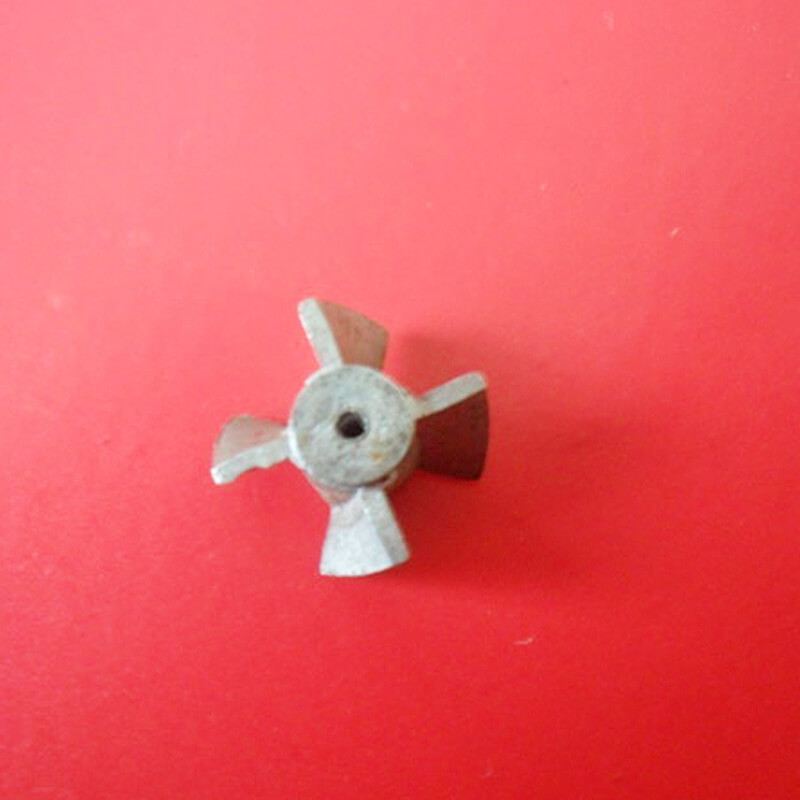For a long time, engineers and potential buyers have been comparing powder metallurgy with competitive processes. As for powder metal parts and forged parts, like any other comparison of manufacturing methods, it helps to understand the advantages and potential disadvantages of each process. Powder metallurgy offers many advantages that you should consider-some are obvious, some are not. Of course, in some cases, forging may also be a better choice. Let's take a look at the ideal uses and applications of powder metal and forged parts.
Powder metal and forgings
Since becoming mainstream, powder metallurgy has become an obvious solution for producing small parts in many situations. At this point, you might argue that many castings that can be replaced by PM have been replaced. Let's take a closer look at some of the advantages and disadvantages of powdered metal and forged parts:
Advantages of powder metallurgy:
Parts can be produced with materials that can provide high-temperature service and high practicability, and the cost is reduced. Think about stainless steel, which is subject to high temperatures in exhaust systems, etc.
Can maintain high productivity of parts, even complex parts.
Due to the net shapeability of powder metallurgy, most of them do not require machining. Less secondary processing means lower labor costs.
The use of metal powder and sintering can achieve a high level of control. This allows fine-tuning of electromagnetic properties, density, damping, toughness and hardness.
High temperature sintering greatly improves the tensile strength, bending fatigue strength and impact energy.

Disadvantages of powder metallurgy:
PM parts usually have size limitations, which can make certain designs unproductive. The largest press in this industry is about 1,500 tons. This limits the actual part size to a flat area of about 40-50 square inches. In fact, the average press size is in the range of 500 tons, so please plan accordingly for your part development.
Parts with complex shapes may also be difficult to manufacture. However, highly skilled metal parts manufacturers can overcome this challenge and even help you design.
Parts are generally not as strong or stretchable as cast iron or forged parts.
Forged metal parts
Advantages of forging:
Change the particle flow of the material so that it flows in the shape of the part.
Create parts that are stronger than other manufacturing processes. Forged parts are very suitable for use in dangerous or extremely inconvenient situations, such as gears in automobile engines.
Can be made into most shapes. Can create very large parts. Relatively cheap compared to mechanical processing.
Disadvantages of forging:
Lack of control over the microstructure.
There is greater demand for secondary processing, which increases the cost and delivery time of the project.
It is impossible to produce porous bearings, cemented carbides or mixed metal parts.
It is impossible to produce small parts with exquisite design without machining
Mold production is expensive, making the economics of short-term production undesirable.
Where does your project fit?
If you want to weigh the advantages and disadvantages of forging and powder metallurgy, it may mean that you are looking for a manufacturing process that can achieve the ideal price-performance ratio. The more you look at each process, the more you will find that depends on your project standards.
Forging is better in some situations, while PM is better in others. Honestly, it depends on what you want to accomplish.
With the advancement of technology and process, powder metallurgy technology has been developed by leaps and bounds. We can all do wonderful things with powdered metals now-see what the priority manufacturers are doing with high temperature sintering. In some cases, simply increasing the sintering temperature by 100°F to 300°F can produce significantly better results in the following areas:
strength;
Impact energy
other factors.
Experiments on powder metal materials and processes are underway. If more significant improvements are made in 2020 and make PM more competitive in competing manufacturing processes, it will not be surprising.
In some areas, powder forging is a better solution. In this regard, no one will quickly produce I-beams from powdered metal or crowbars. But when it comes to smaller parts with complex designs, Shandong powder metallurgy has overshadowed forging. As we enter the future of parts production, such as electric motors in the ever-evolving car design, powder metallurgy will play an increasingly important role.
When factors such as affordability, high output, and special metal combinations come into play, PM is clearly the future.
Although forging can provide excellent mechanical properties, it has to pay a huge cost loss compared with traditional powder metal. Using today's advanced materials and processes, traditional powdered metals can provide the performance required by your application at a greatly reduced cost.

 English
English 简体中文
简体中文






